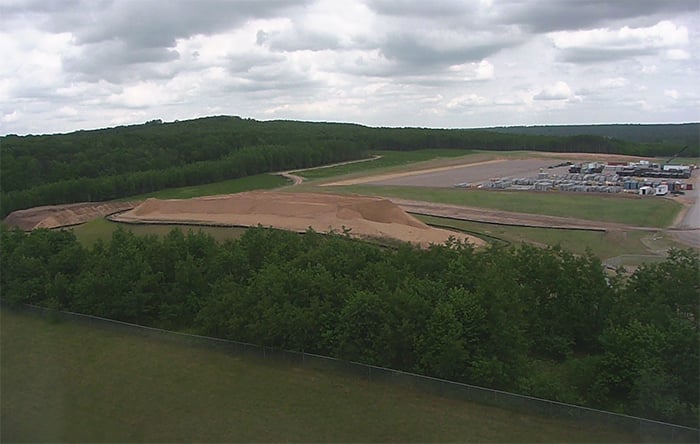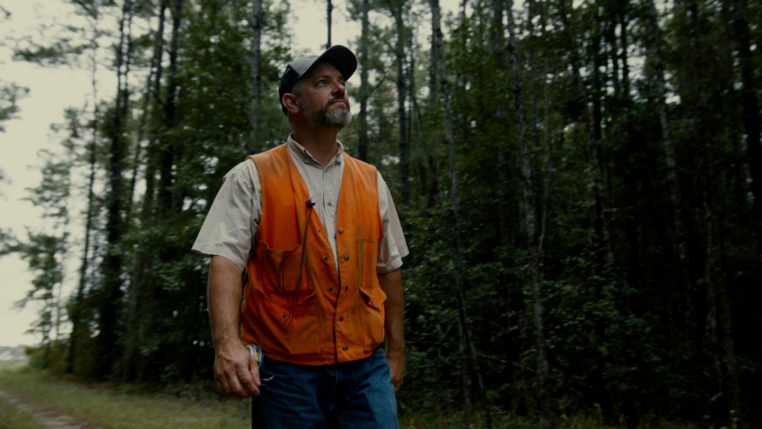Lake States Region Capital Investments: Reason for Optimism


The forest products industry is a very capital-intensive industry requiring large investments in infrastructure, buildings and equipment. For any business to make such investments, there must be a high degree of confidence the venture will be successful. It is therefore very encouraging to see some of the capital investments currently underway in the Lake States Region, as it bodes well for the health of the region’s forests and rural communities.
The federal tax code requires businesses to capitalize start-up costs, business assets and improvements. Business assets include items such as land, buildings, machinery, furniture and mobile equipment. Business improvements are generally major expenditures for the likes of capacity upgrades, safety or efficiency enhancements, investments to extend the life of a facility or regulatory compliance.
The largest single project currently underway in the Lake States is the construction of the ARAUCO facility at Grayling, Michigan. A ground-breaking ceremony for the $400 million particleboard plant was held earlier this spring with production expected to begin in the fall of 2018. The Grayling ARAUCO plant will reportedly feature North America’s largest continuous press and will be one of the largest plants of its kind in the world. Plant capacity will be 452 million square feet (800,000 cubic meters), with an estimated 250 permanent employees, according to an ARAUCO press release.
More information regarding the ARAUCO particleboard plant project at Grayling, including some very neat time-lapse photography, can be found on ARAUCO’s website: http://www.arauco-na.com/resources/grayling-particleboard-updates/media
The level of capital spending by business depends not only on the future outlook for the business, but also on the ability of the business to fund the spending either through cash provided by its operations or cash from borrowing. If cash generated from operations is insufficient, borrowing from either secured lines of credit or by issuance corporate bonds will be necessary.
The 2008 to 2009 recession took a major toll on the forest products industry in the Lake States Region. In addition to the recession, the region has been impacted heavily by the long-term structural decline of paper markets. Despite these factors, there is reason for optimism for the forest products industry in the Lake States Region.
Financial reports for publicly traded forest products companies with facilities in the Lake States Region show a substantial increase in capital expenditures over the past 6 years. Data for three publicly traded companies in the pulp and paper sector show capital spending increasing from $274 million 2011 to an estimated $575 million in 2017. Three other publicly traded companies in the building products sector show capital spending rising from $284 million in 2011 to an estimated $730 million in 2017.
Forests of the Lake States Region continue to grow far more wood than is being harvested annually. Business investment in the Lake States Region appears to be on the increase. Two good reasons to believe the future for the forest products industry in the Lake States Region is bright!


